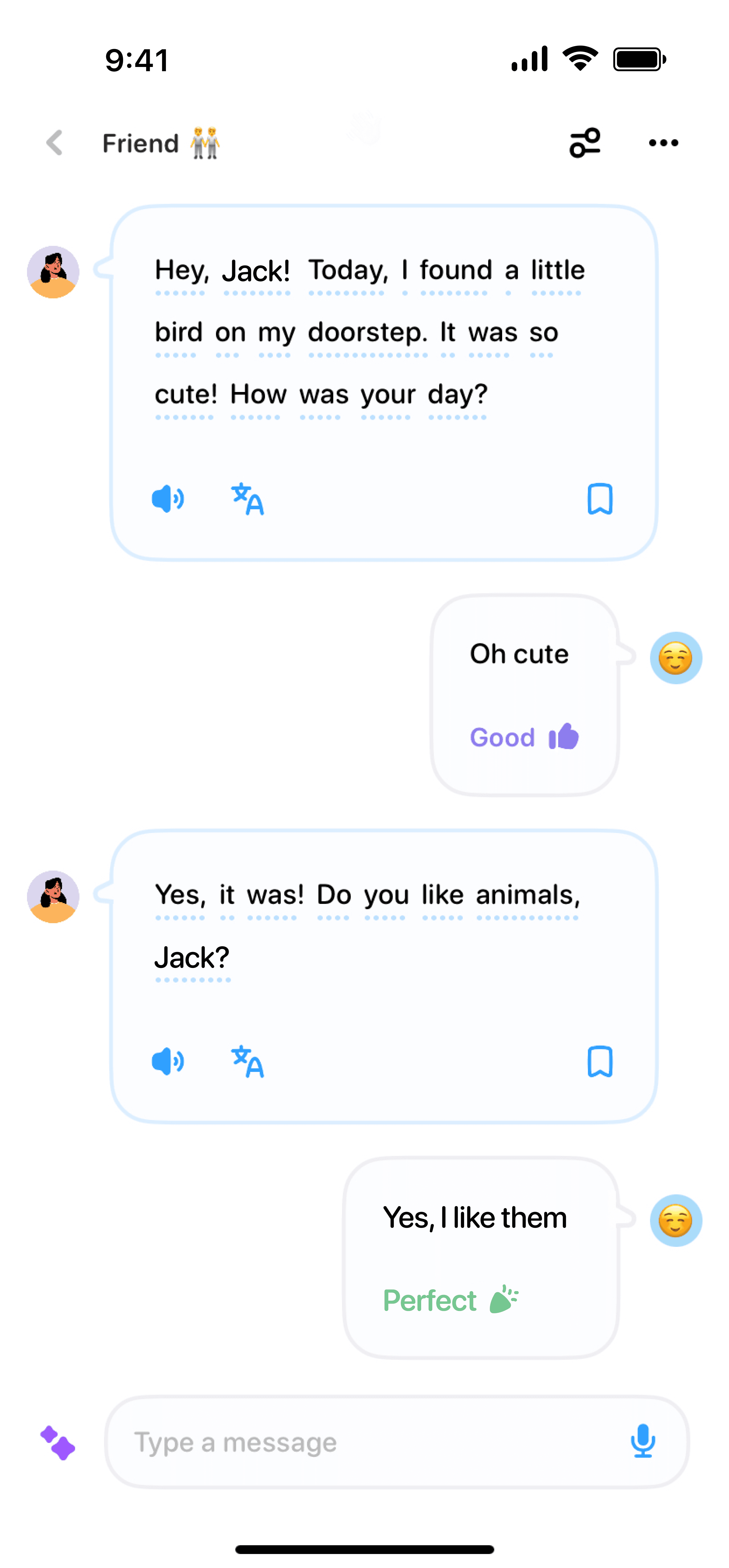06/25/2024
·
Emma Robbie
When it comes to emergency response, clear and timely communication can mean the difference between life and death. In recent years, AI transcription apps have become a game-changer, bridging communication gaps and ensuring that responders have quick access to critical information. Let's dive into the role of these innovative tools and how they're transforming emergency response communication.
Real-Time Transcriptions
Imagine being in the middle of a high-stakes emergency situation. The last thing you want is to mishear or misunderstand crucial information. AI transcription apps offer real-time transcriptions, converting spoken words into written text instantaneously. This ensures that every piece of information is accurate and accessible. Firefighters, paramedics, and police officers can review these transcripts on-the-fly to ensure they’re making informed decisions.
Boosts Accuracy and Efficiency
Emergency responders often operate in noisy, chaotic environments. AI-powered transcription apps can filter out background noise and focus on the speaker's voice, significantly boosting the accuracy of the transcriptions. This means fewer misunderstandings and more efficient communication, enabling teams to coordinate their efforts more effectively.
Enhanced Multilingual Communication
In diverse communities, language barriers can obstruct swift emergency responses. AI transcription apps come with built-in translation features that can convert multiple languages in real time. This capability is invaluable for first responders who need to communicate with people who speak different languages, allowing them to provide timely and appropriate assistance.
Improves Inclusivity
By breaking down language barriers, these AI tools make it easier for responders to help everyone in their community, regardless of the language they speak. This inclusivity ensures that no one is left behind during emergency situations, fostering trust and cooperation between communities and emergency services.
Automated Documentation
The aftermath of an emergency often involves a lot of paperwork. Transcribing notes and documenting events manually is not only time-consuming but also prone to errors. AI transcription apps can automatically generate detailed reports from voice recordings, significantly reducing administrative burdens on emergency personnel.
Saves Time and Reduces Errors
With automated documentation, responders can focus more on their core responsibilities rather than getting bogged down in paperwork. The accuracy of these AI-generated documents also helps in maintaining precise records, which are crucial for legal and operational reviews.
Improves Training
Training plays a vital role in preparing emergency responders for real-world scenarios. AI transcription apps can record and transcribe training sessions, creating a valuable resource that trainees can revisit anytime. This makes it easier for them to understand protocols, review their performance, and improve their skills.
Facilitates Continuous Learning
Having accurate transcripts of training sessions means that emergency responders can continuously learn and refine their techniques. It also allows trainers to provide personalized feedback based on actual conversations and scenarios, fostering a more effective learning environment.
Supports Team Coordination
AI transcription apps don’t just capture spoken words; they also organize them in a way that enhances team coordination. Transcripts can be shared instantly among team members, ensuring everyone is on the same page. This collaborative feature is particularly crucial in large-scale emergencies where multiple teams need to work together seamlessly.
Enhances Collaboration
Shared transcripts facilitate better collaboration by providing a single source of truth. Teams can quickly refer to the same information, coordinate their efforts, and make well-informed decisions even under immense pressure.
Conclusion
AI transcription apps are revolutionizing emergency response communication by providing real-time, accurate, and accessible information. They help break down language barriers, automate documentation, improve training, and support seamless team coordination. By integrating these powerful tools into emergency operations, we can significantly enhance the efficiency and effectiveness of our emergency responders, ultimately saving more lives.
As technology continues to evolve, the adoption of AI transcription apps in emergency response will only grow, making our communities safer and better prepared to handle crises.


